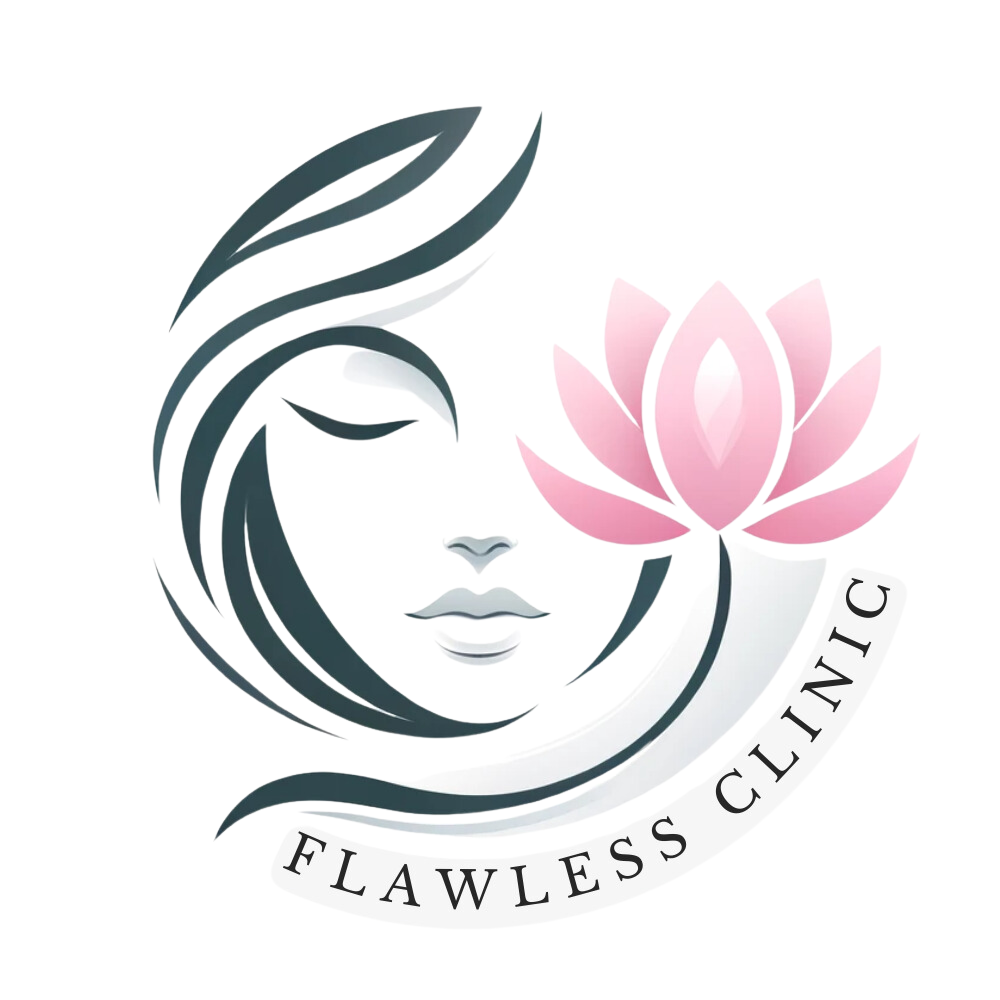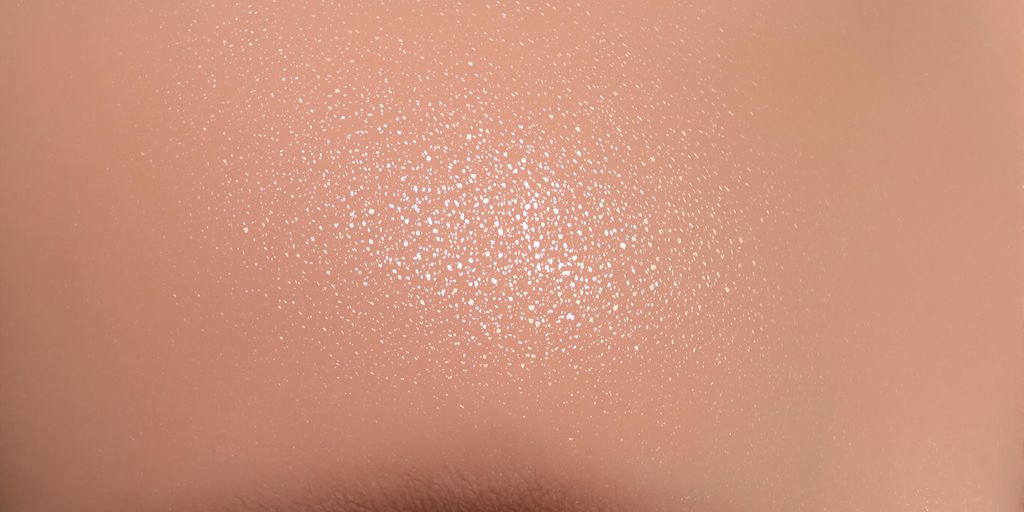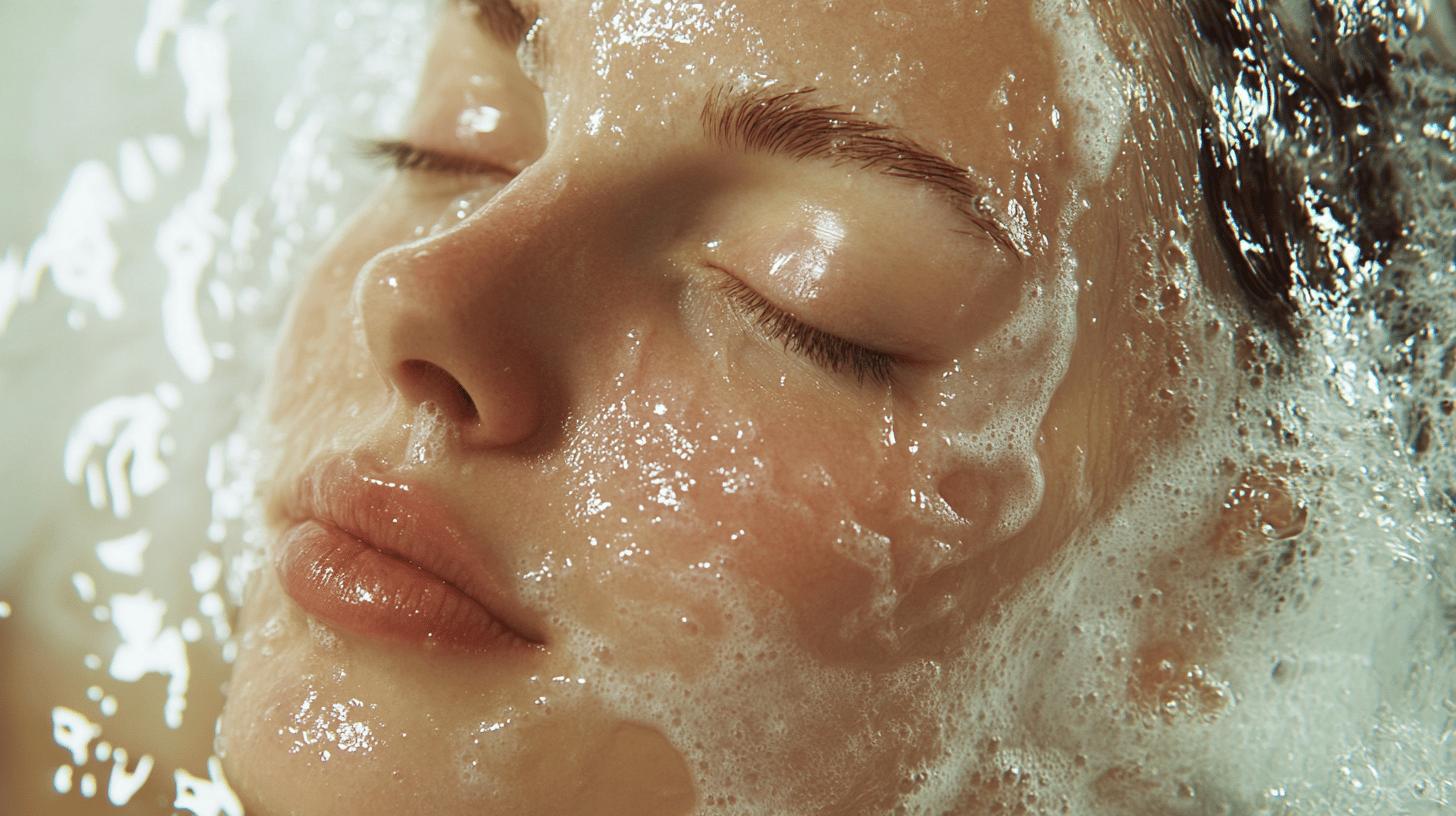How do you choose the perfect aesthetic treatment based on your skin type? Understanding your skin—whether it is oily, dry, combination, sensitive, or normal—plays a pivotal role in selecting the most effective treatments. This decision can influence not only your skincare results but also your overall confidence and well-being. With professional guidance, you can navigate the myriad options available at clinics to tailor a plan that aligns with your unique requirements and beauty aspirations. Discover the steps to identify your skin type and choose treatments that will enhance your natural beauty and boost confidence effectively.
Understanding Skin Types for Aesthetic Treatments
Selecting the right aesthetic treatments requires a thorough understanding of your skin type. Skin types are generally categorised into normal, oily, dry, combination, and sensitive. Each type has distinct characteristics that influence how the skin reacts to treatments. Normal skin typically exhibits a balanced texture with minimal imperfections, making it versatile for various treatments. Oily skin is characterised by enlarged pores and a propensity for acne, necessitating treatments that control excess sebum and reduce pore size. Dry skin often appears rough or flaky due to a lack of moisture, thus benefiting from treatments that enhance hydration. Combination skin features an oily T-zone with dry areas on the cheeks, requiring a balanced approach to manage both conditions effectively. Lastly, sensitive skin is prone to redness and irritation, making it essential to choose gentle treatments that minimise potential adverse reactions.
Professional skincare analysis plays a crucial role in identifying the most suitable aesthetic treatments for your specific skin type. Consulting with a qualified aesthetic practitioner or dermatologist ensures an accurate assessment of your skin’s needs. This professional insight leads to tailored treatment plans that address individual concerns safely and effectively. By understanding your unique skin characteristics and seeking expert recommendations, you can optimise the efficacy of aesthetic treatments and achieve your skincare goals more efficiently.
- Normal: Balanced texture
- Oily: Enlarged pores, acne-prone
- Dry: Rough, flaky texture
- Combination: Oily T-zone, dry cheeks
- Sensitive: Prone to redness, irritation
Tailoring Aesthetic Treatments to Your Skin Type
Selecting the right aesthetic treatment is critical to addressing specific skin concerns effectively. Each skin type, whether oily, dry, combination, or sensitive, responds differently to various treatments. Customised treatments ensure that the unique needs of your skin are met, maximising results while minimising potential adverse reactions. By understanding the appropriate options for your skin type, you can achieve healthier, more radiant skin.
Oily Skin Treatments
For oily skin, which often struggles with excess sebum and enlarged pores, treatments like laser therapy and salicylic acid peels are highly effective. Laser therapy targets oil-producing glands, reducing sebum production and refining pore size. Salicylic acid peels penetrate deeply into the pores, exfoliating the skin and preventing acne formation. These treatments help to control oil production and improve overall skin texture, making them ideal choices for oily skin management.
Dry Skin Treatments
Dry skin requires treatments that focus on hydration and moisture retention. Hydrating facials are beneficial as they infuse the skin with essential moisture, alleviating dryness and improving skin texture. Hyaluronic acid injections are also effective for dry skin, as they attract and retain moisture within the skin, promoting a plump and hydrated appearance. These treatments work to restore the skin’s natural barrier, reducing roughness and flakiness.
Combination Skin Care
Combination skin, characterised by an oily T-zone and dry cheeks, benefits from a balanced approach. Microdermabrasion is a suitable treatment, as it gently exfoliates the skin, removing dead cells and balancing oil production. This treatment helps to smooth and even out skin texture, ensuring that both oily and dry areas are addressed. By targeting specific concerns within combination skin, microdermabrasion provides a comprehensive solution for maintaining skin health.
For sensitive skin, which is prone to redness and irritation, gentle treatments like LED light therapy are recommended. These treatments soothe the skin, reducing inflammation and promoting healing without causing irritation.
Evaluating Aesthetic Treatment Suitability and Safety

Understanding the downtime and recovery period associated with aesthetic treatments is crucial in making an informed decision. Treatments such as chemical peels and laser resurfacing often require a recovery phase, which may involve temporary redness, swelling, or peeling. It’s important to factor in these aspects and align them with your lifestyle and commitments. Some procedures might necessitate taking time off work or avoiding social engagements. Evaluating downtime ensures that you are prepared for the recovery process and can plan accordingly. Engaging in a professional consultation will help you understand these requirements and ensure the chosen treatment aligns with your routine.
Expected results and maintenance requirements are key considerations when selecting an aesthetic treatment. While some treatments provide immediate results, others may work gradually and require multiple sessions for optimal outcomes. Maintenance is another factor, as certain procedures might necessitate follow-up sessions to sustain the effects. Discussing these elements with a qualified professional will help you set realistic expectations and determine the best treatment plan tailored to your skin type and concerns. This guidance is essential in achieving the desired results safely and effectively.
Professional consultations play a vital role in assessing both the suitability and safety of aesthetic treatments. An expert can evaluate your skin type and health history to recommend the most appropriate options, ensuring that treatments are both effective and safe.
The Role of Professional Consultation in Aesthetic Treatments
Consulting with a dermatologist or licensed aesthetician is a crucial step in selecting the right aesthetic treatment. Why is a professional consultation important? Because it ensures that treatments are safe, effective, and tailored to your individual skin type. Professionals possess the requisite knowledge to accurately assess your skin’s needs, providing insights that are not easily accessible through self-diagnosis. Their expertise allows them to recommend treatments that address specific concerns while also considering your skin’s unique characteristics. This approach not only optimises treatment outcomes but also helps in preventing adverse reactions that may arise from unsuitable procedures.
Developing a personalised skincare regime is another significant benefit of professional consultations. How does a consultation contribute to your skincare goals? A consultation provides a detailed analysis of your skin, which is the foundation for creating a skincare plan that aligns with your objectives. The insight gained from these sessions enables the practitioner to offer bespoke advice on skincare products and routines that complement the treatments. Furthermore, the ongoing monitoring of your skin’s response to treatments ensures that adjustments can be made as necessary, keeping your skincare regime effective and relevant.
- Accurate skin type assessment
- Safe and effective treatment recommendations
- Personalised skincare advice
- Monitoring treatment progress
- Adjustments based on skin response
Choosing the Right Aesthetic Clinic
When selecting an aesthetic clinic, safety and expertise should be paramount. How can one ensure that a clinic meets these criteria? The first step is to verify the medical background of practitioners. Qualified practitioners with extensive training ensure safe and effective treatment administration. Additionally, the clinic should hold proper accreditation and adhere to stringent safety standards, reassuring clients of their professional commitment.
What role do customer reviews play? Reviews and testimonials provide valuable insights into patient satisfaction and the clinic’s reputation. They reflect the experiences of previous clients, offering a glimpse into the service quality and outcomes. Lastly, transparency in pricing and treatment plans is crucial. Clinics that clearly outline costs and procedures foster trust, avoiding hidden fees and ensuring clients make informed decisions.
- Medical background of practitioners
- Clinic accreditation and safety standards
- Customer reviews and testimonials
- Transparency in pricing and treatment plans
Final Words
Choosing the right aesthetic treatment based on your skin type is essential for achieving desired results. Understanding whether your skin is oily, dry, combination, normal, or sensitive enables you to select appropriate treatments.
Professional consultations play a crucial role in evaluating treatment suitability and safety. They offer personalised skincare regimes that cater to individual needs. Always consider the qualifications and reputation of the clinic when opting for aesthetic services.
Armed with this knowledge, individuals can confidently enhance their natural beauty, ensuring effective and safe outcomes.
FAQ
How do you know what skincare is right for you?
Understanding your skin type—oily, dry, combination, sensitive, or normal—is essential for selecting suitable skincare products and treatments. Consulting with a qualified dermatologist or aesthetician can provide personalised recommendations tailored to your skin type.
How do I choose an aesthetic practitioner?
The best way to choose an aesthetic practitioner involves considering their medical background, training, and experience. Reviewing customer testimonials and visiting reputable clinics can offer additional assurance of their credibility.
How do I decide my skin type?
Determining skin type involves observing characteristics such as oiliness, dryness, sensitivity, or a combination of these traits. For accurate assessment, consulting a skincare professional is advisable to guide your personalised treatment plan.
Which skin type is rare?
Sensitive skin, prone to redness and irritation, is often considered less prevalent. Understanding its characteristics can help in choosing suitable treatments that minimise adverse reactions and improve overall skin health.







